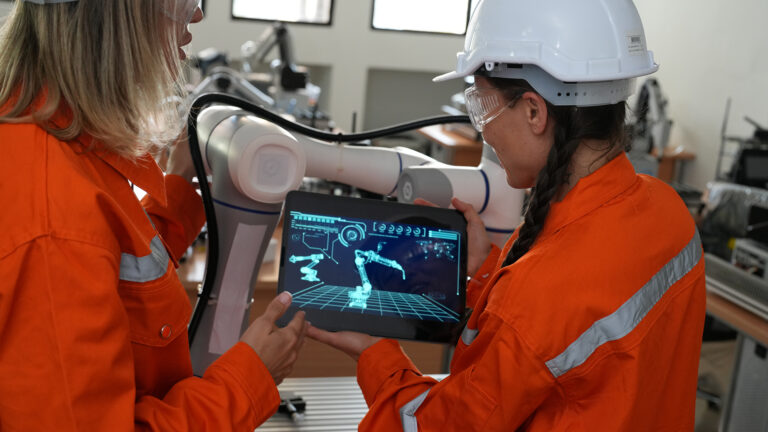In the information age, the transport of large volumes of data is a basic necessity, both for personal and professional activities. Today, we cannot conceive of working in an office without a connection.
One of the most common ways for us to access the Internet is through LANs (local area networks). To ensure efficient and secure communication on these networks, it is necessary to have an adequate physical infrastructure.
Have you ever wondered how data is transported in LANs? This is where structured cabling comes in: it is one of the preferred means for this task. But what is it and how does it work?
What are the main means of data transmission?
Before we get into structured cabling, we need to know what transmission media exist. These transport routes or paths through which data travels can be wireless, intangible media, such as air. In this medium, information is transmitted by means of signals, such as microwave or radiofrequency signals.
On the other hand, we find the so-called guided or wired media. These are tangible physical media, through which information travels in the form of electrical or light pulses. These media include structured cabling, which is the most commonly used in LANs.
What is structured cabling?
Structured cabling is a set of elements and standards that allow the management and use of connectivity in LANs. It is a physical infrastructure that allows information to be transported efficiently and securely.
System components
The structured cabling system consists of the following elements:
Entrance facility
It is the entry point for external communication services, such as the Internet.
Telecommunications closet
This is the place where the central communications elements, such as the telephone exchange and the core of the network assets, are located.
Equipment room
This is where all the equipment linked to the central management of the network, such as servers or storage, is concentrated.
Vertical cabling
This is the cabling that serves as communication between the main communications point (MDF) and the secondary points (IDF). In general, fiber optic cables are used for this link.
Horizontal cabling
This cabling originates at the IDF and the workstation or equipment to be linked to the network. The cable used is copper and, among the many varieties, the most common is UTP (unshielded twisted pair).
Work area
This is the sector where the user connects to the network, by means of a cable that is usually yellow or white.
Transmission categories and parameters
Within the structured cabling solutions there are different categories of cables, both copper and fiber optic. The transmission capacity we can offer to the network depends on the cable category.
Let us imagine that the cables are a route along which information will be transferred. The more space this route has (bandwidth), the greater the capacity and speed of the information that travels along it.

Standards and regulations: why are they important?
For a structured cabling solution to be classified as such, it must meet certain norms and standards, such as those expressed in ANSI/EIA/TIA .
This standard regulates from the type of connector to the characteristics that the conduits that house the wiring must have.
Compliance with these standards ensures correct operation of the solution and compatibility with the different components that make it up.
Thanks to these standards, today we can link any network device to the structured cabling system without suffering compatibility problems.



